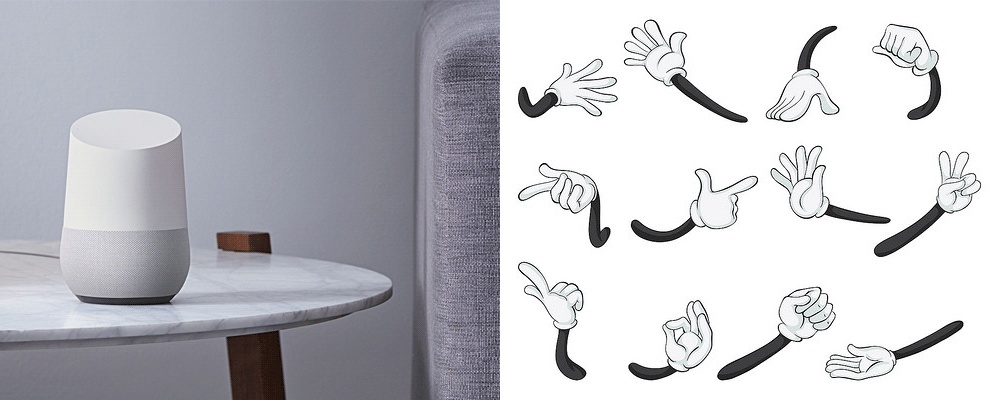
Designing the Internet of Things
5 Critical Design Principles for IoT
IoT continues to gain tremendous momentum, and even more organizational interest, to the tune of multi-million dollar investments. Companies like Samsung, Google, Ford, GE, and more have made tremendous organizational shifts, in order to fully understand and contribute markedly to what many are calling the next big technological revolution.
It’s both exciting and surreal. Exciting because of the potential to create intelligent environments. And surreal because many people still don’t know what IoT is, what it means, and why it’s important to them. And it’s this very mystery of IoT that should guide the next wave of IoT experiences.
As IoT continues to enter the mainstream, it needs to elevate beyond the technology, beyond the novelty of simply being connected. The value of IoT products needs to be clearly understood by consumers and seamlessly adapted to their lives.
This is the challenge that all IoT products and/or experiences will need to solve, and why traditional UX/UI designers will play a key role in IoT’s continued evolution. As a developer of UI’s for almost 20 years now, I’ve recently begun shifting my focus towards IoT, beginning to craft some ideas around general design principles.
Here are 5 principles that I believe are critical as we begin to consider the role of digital design in IoT:
from Sidebar http://sidebar.io/out?url=https%3A%2F%2Fiot-for-all.com%2Fthe-iot-design-principles-fe04e635f43a%23.mjayvuz8r
